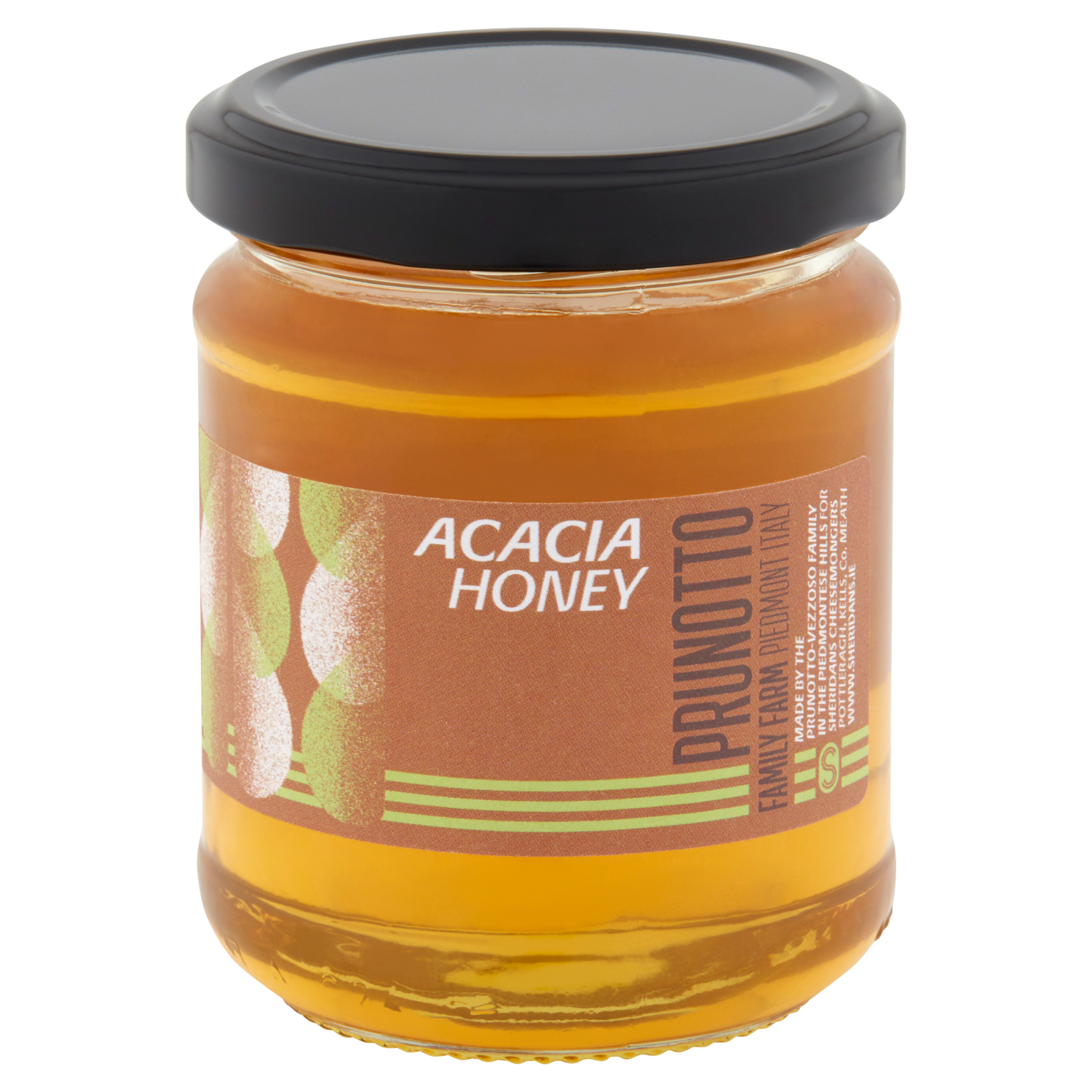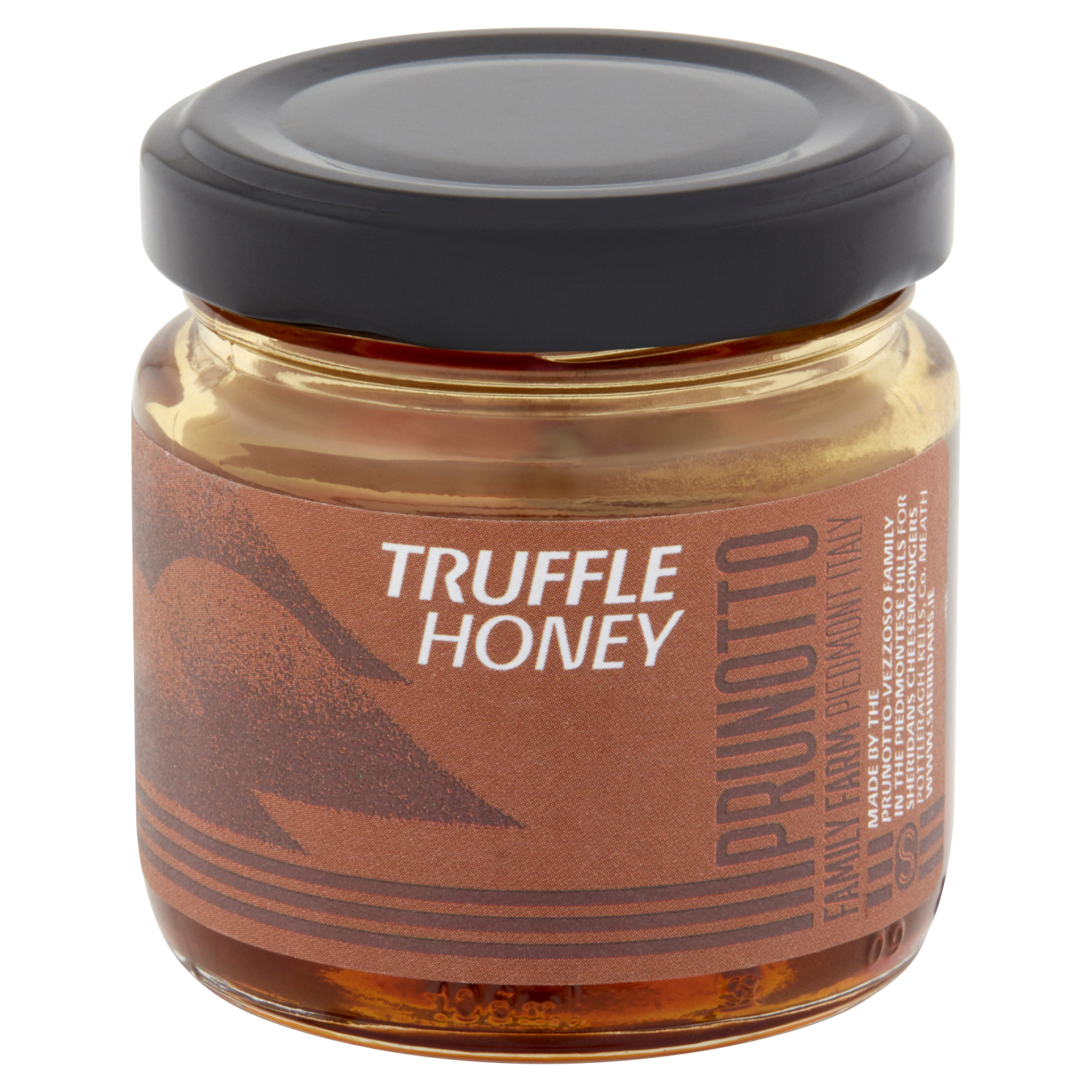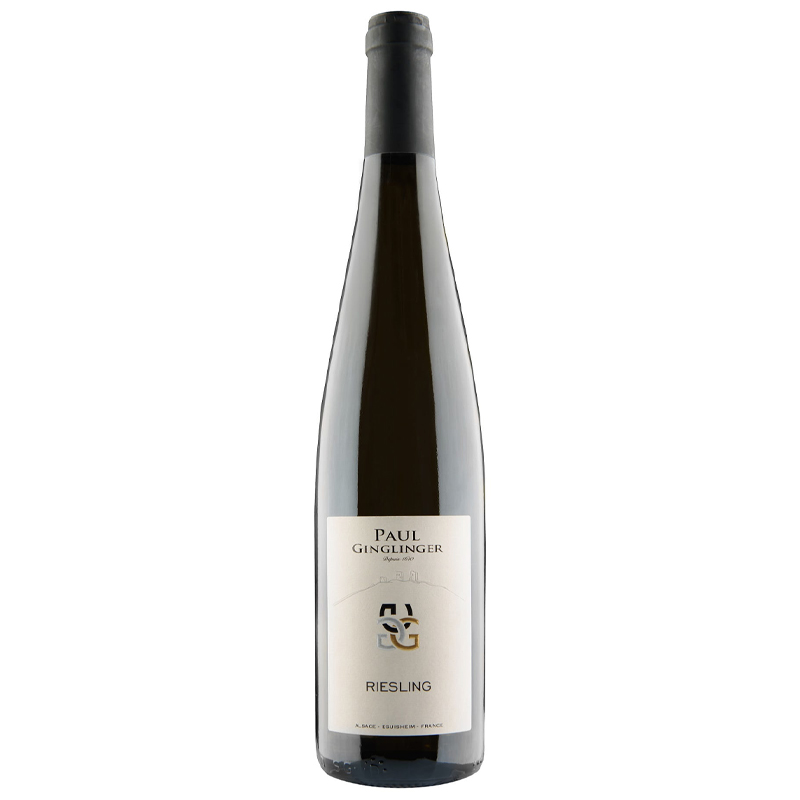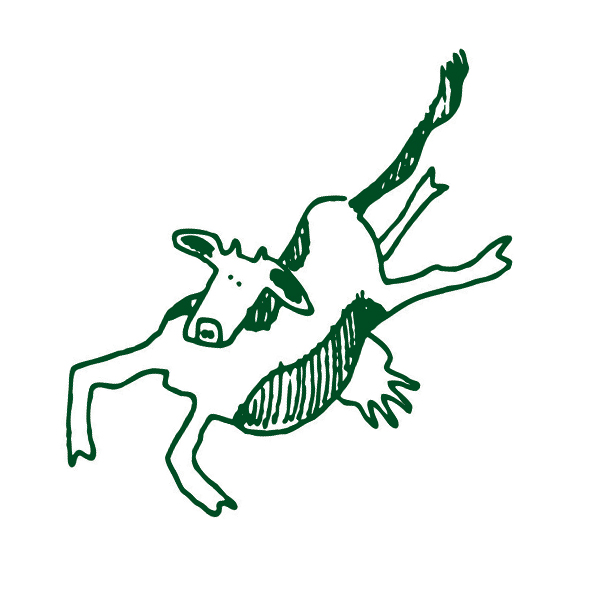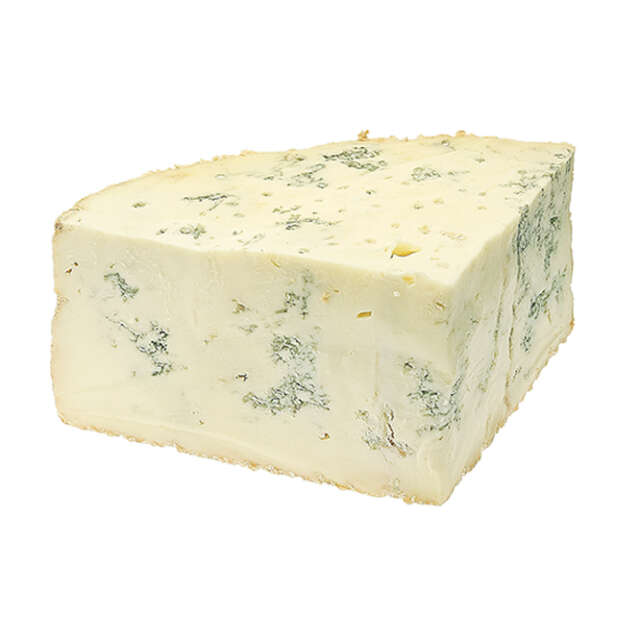
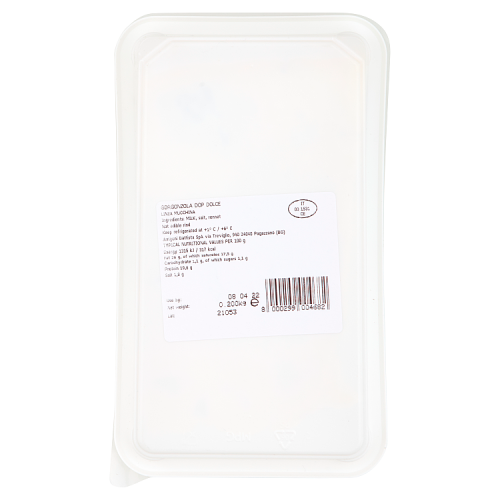
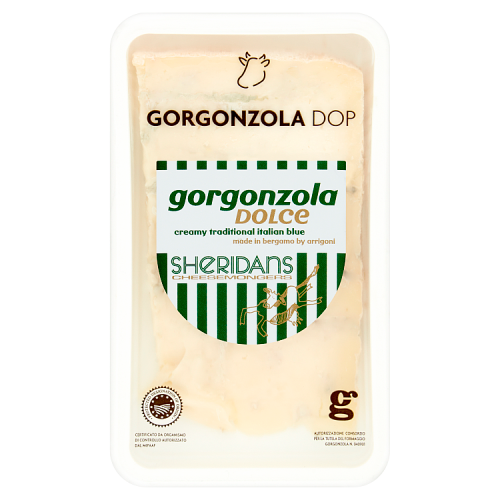

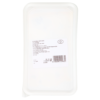
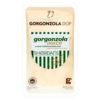
Gorgonzola 200g
About This Cheese
Rich, creamy and beautifully marbled. Our Gorgonzola is semi-firm in texture, and has the kind of flavour you simply don’t find in standard productions of this oft-maligned cheese.
€7.40
TypeBlue, Soft
Rennettraditional
RegionItaly
ProducerCastel Regio
Milkcow
Rindnatural
Story
Gorgonzola is a blue cow’s-milk cheese made in specific areas of Piemonte and Lombardia in Northern Italy. This cheese is graded in accordance with the amount of blue in the paste, either sweet (dolce) or sharp (naturale, piccante, di monte or stagionato). Gorgonzola Dolce has a soft, creamy texture and a slightly blue flavour.
Gorgonzola is a cheese with ancient origins, although there is some dispute as to exactly
how old the cheese is. There is some evidence that Gorgonzola was being produced in the
town of Gorgonzola, outside Milan, as early as 879 AD. Others claim that the cheese
originated in Pasturo, in the Valsassina, where the low, constant temperatures in the
surrounding caves were eminently suited to the maturation of cheeses such as
Gorgonzola and Taleggio. The caves also contain moulds which naturally blue the cheese
over time.
Gorgonzola was traditionally made in the autumn using the milk of cattle returning from the
high Alpine pastures where they spent the summer grazing. The long journey from the
summer pastures to the flatlands would leave the cattle exhausted. This is why the cheese
used to be known first as stracchino di Gorgonzola and later as stracchino verde or green
stracchino. The term stracchino comes from the word stracca, local dialect meaning tired.
To make Gorgonzola; cow’s milk is pasteurized and heated to 30°C. Penicillium Glaucum (the blue-ing agent), starter culture and rennet are added at this point. 30 minutes later the resultant curd is cut into cubes, left to stand in the whey for a further 10 minutes, then cut into walnut sized lumps. The curds are then lifted into cheese cloth and left to drain for 30 minutes. Afterwards the curd is transferred to cylindrical moulds and left to drain on slanted boards for 24 hours. The following day the moulds are brought to the ‘purgatories’, rooms at 20-22°C with 96% humidity, they are ripened here for 4-5 hours before being salted. Traditionally dry salting is used, although many larger operations use brine baths to cut down on labour. The cheeses are pierced about a month later, releasing the latent blue potential which they contain because of the initial addition of the Penicillium Glaucum. Although more traditional methods, such as natural fermentation (del nonno or antico) and the ‘two curd’ (due paste) technique persist in a very limited way, the modern method outlined above is far more common nowadays.
Producer
Made by the Arrigoni family in Lombardy Italy
Goes Well With
Recipes
FAQs
View All Cheese Related FAQsNutritional Information
Ingredients: Cow’s Milk, salt, rennet
Allergens listed in bold
Nutritional Information:
Energy 1315kJ/317kCal
Fat 26g
of which saturates 17.5g
Carbohydrates 1.1g
of which are sugars 1.1g
Protein 19.6g
Salt 1.8g







